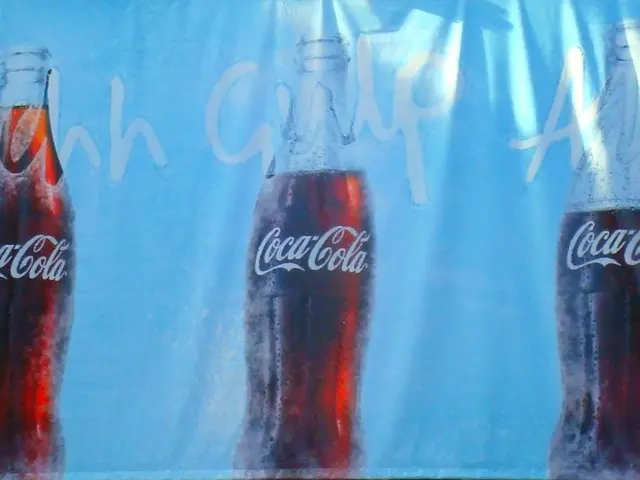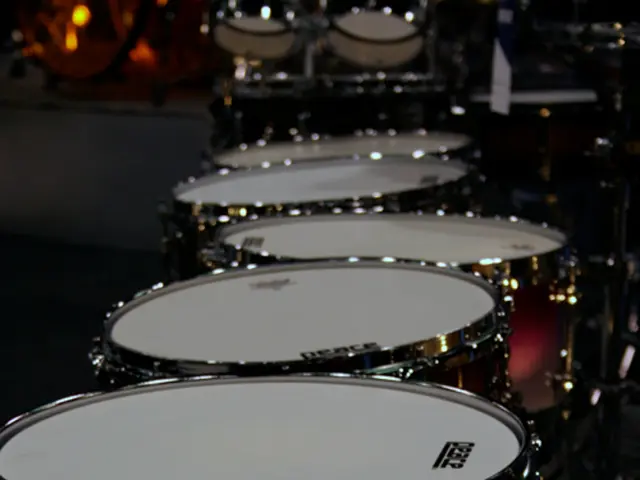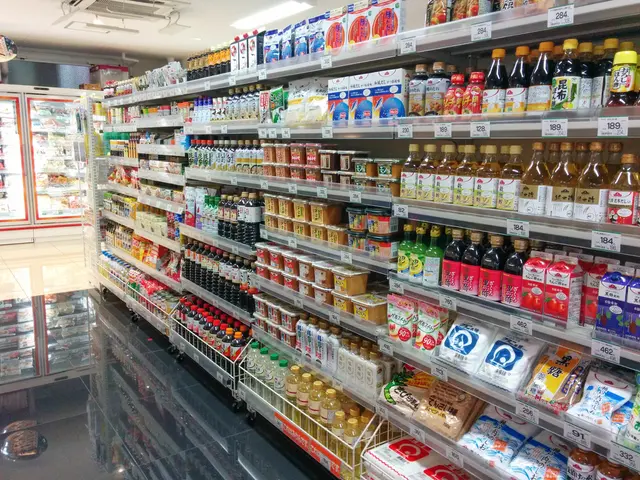Enhancing the Elimination of Barriers in Idea Formation: Empirical Psychophysiological Proof of Interventions' Impact
Artistic warm-up activities have been found to significantly improve engagement for younger participants and reduce stress levels during concept generation, according to a recent research study.
The study, which focused on the impact of warm-up activities on cognitive states during concept generation, used psychophysiological tools such as electroencephalography (EEG) and galvanic skin response (GSR) to measure cognitive states. Participants were divided into three test conditions: no warm-up activity, simple warm-up activities, and sketch-inhibition reducing activities, which included art-based activities such as painting.
Different warm-up activities, particularly art-based activities, have a positive impact on stress reduction, engagement, and cognitive states. These effects have been demonstrated both through subjective self-report measures and objective physiological measures like EEG and GSR.
Art-based warm-ups help reduce stress by promoting relaxation, emotional expression, and mental engagement. Painting and other creative activities are known to lower cortisol levels and induce feelings of calm and accomplishment, which reduces perceived stress. Group art therapy sessions have also been shown to significantly reduce burnout and mental distress, indicating strong stress-relief benefits.
Engagement and cognitive states improve through art warm-ups because these activities stimulate multiple brain regions, enhance problem-solving, and increase concentration. Creative activities simultaneously engage both brain hemispheres, improving cognitive flexibility and mental focus. Exposure to art can break routine thinking patterns, introducing novelty that fosters creativity and better concept generation.
When measured by EEG and GSR, art-based activities typically show increased alpha wave activity related to relaxation and creativity, and lowered physiological arousal and stress levels. Combining such physiological data with self-reports (like NASA TLX, which measures workload and perceived mental demand) usually reveals that participants experience lower cognitive load and higher comfort during and after art warm-ups, compared to more conventional warm-up activities.
Interestingly, the study showed that female participants who used art-based activities reported lower mental workload during ideation and greater pride in their sketches. For participants unfamiliar with the design problem, warm-up activities resulted in a decrease in stress levels. However, the study found that warm-ups did not produce any difference in the number of ideas or other metrics of performance.
In summary, artistic warm-up activities decrease stress and cognitive workload, increase engagement, and positively alter cognitive states during creative concept generation, as supported by EEG and GSR measurements alongside self-report tools like NASA TLX. The study's preliminary results suggest that warm-up activities, especially art-based ones, help reduce inhibition by calming the cognitive state. These findings suggest that incorporating art-based warm-ups into creative problem-solving sessions could lead to more productive and less stressful outcomes.
By incorporating art-based warm-ups into health-and-wellness routines, individuals may not only reduce stress levels but also enhance fitness-and-exercise sessions through improved cognitive states and engagement. The scientific evidence supports this, as studies have demonstrated that art activities can lower cortisol levels, induce feelings of calm, and promote relaxation, leading to reduced perceived stress.






